Holiday Food Trends: What’s Popular in December 2025?
Discover the top holiday food trends for December 2025 — from global fusion dishes to sustainable ingredients and AI-powered festive recipes.
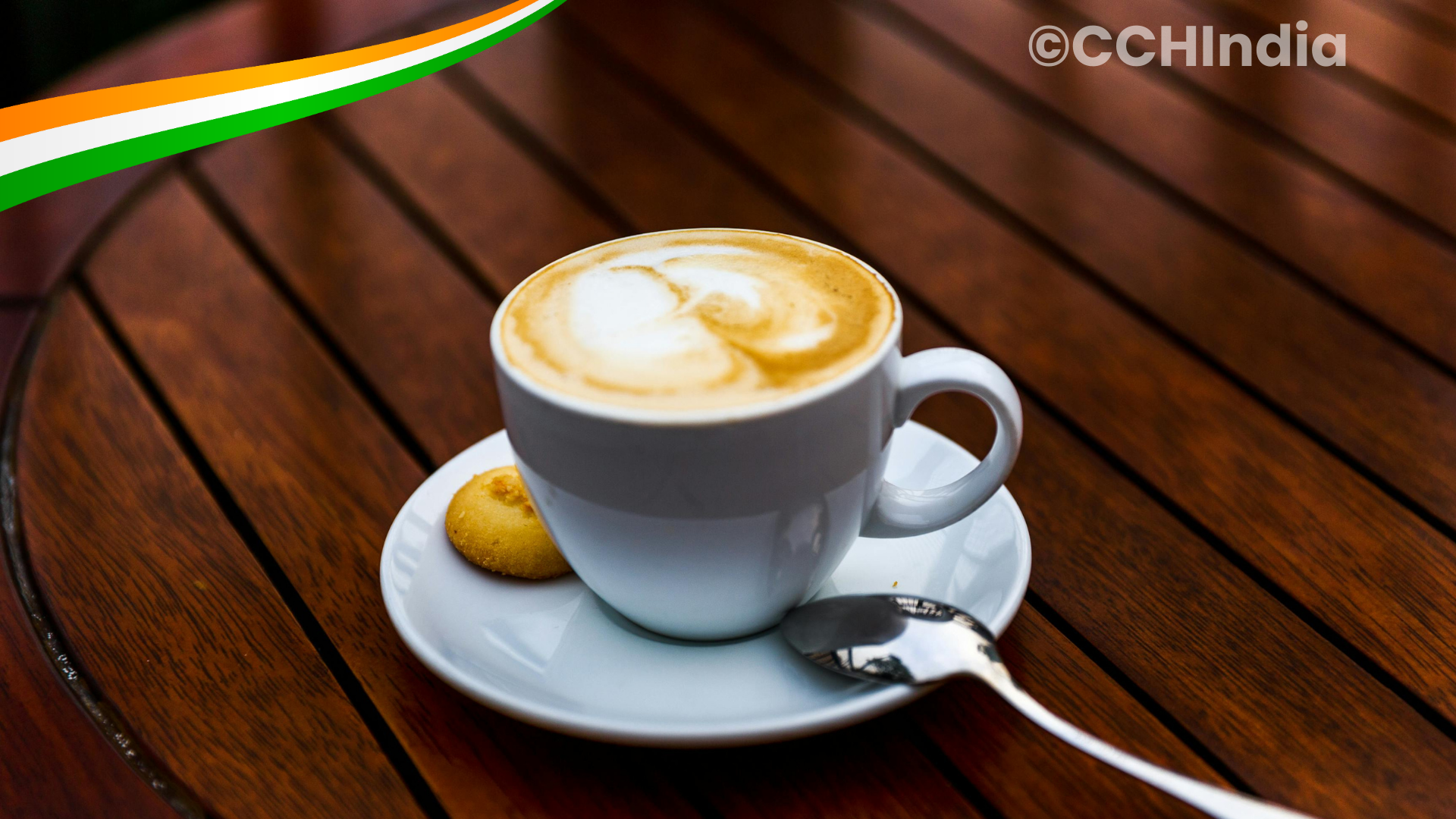
A personal dive into how India’s beloved masala chai turned into the global “chai tea latte” — exploring culture, flavors, and the funny way traditions get repackaged abroad.
You ever have one of those moments where you hear someone say “chai tea latte” and your brain just pauses? Like—wait, what? Chai means tea. So technically you’re saying “tea tea latte.” It’s like saying “naan bread” (we’ve all cringed at that one).
But let’s be honest, I get it. Cultures collide, things adapt, and suddenly your comfort drink has a new identity in Starbucks menus across the globe. And you know what? Part of me rolls my eyes. Another part? Kinda proud. Because the world finally noticed what we’ve been sipping on for generations.
Table of contents [Show]
For me, chai isn’t just a beverage. It’s childhood mornings, the clinking of steel cups in my grandmother’s kitchen, that strong smell of cardamom and ginger hitting my nose before I even opened my eyes properly. It’s train journeys where chaiwalas yell “chai, chai, garam chai!” and you’d buy a tiny kulhad of steaming tea for five rupees. That earthy taste? Nothing in the world matches it.
And you know how we never measure? Just “thoda aur adrak daalo” (add a little more ginger) or “aaj doodh zyada ho gaya” (oops, too much milk today). That chaos is part of the magic. No two cups taste the same, yet each feels familiar.
Fast-forward to today. You’re in London or New York, and suddenly chai is this aesthetic thing. Frothy milk, cinnamon sprinkles, fancy paper cups. People call it “comfort in a cup.” I chuckle, because comfort? Sure. But also, in India, it’s survival fuel. Office workers, shopkeepers, rickshaw drivers—everyone’s day runs on chai.
Sometimes I wonder, though: is it really chai anymore if you strip it down and dress it up with vanilla syrup? Or is it something new entirely? I guess that’s what happens when tradition travels—it morphs.
I once overheard someone in a café explaining chai like it was this exotic secret: “It’s an ancient Indian wellness drink with healing spices.” And I almost spit out my cup. Healing spices? Dude, my uncle just dumps half a packet of Tata Tea dust into a pot and calls it a day. 😅
But then again, maybe they’re not wrong. Ginger helps a sore throat. Cloves warm you up in winter. Cardamom lifts your mood. We just never marketed it like that—it was simply life.
Part of me is annoyed, because masala chai has depth—it’s messy, bold, personal. And the latte version feels… sanitized, like someone put our street chai through a PR agency.
But another part of me smiles. Because hey, people who’ve never set foot in India are now curious about where this drink comes from. Some even travel just to taste the “real thing.” That’s powerful. Our little roadside ritual went global.
Maybe chai doesn’t need to be boxed into “authentic” vs “fusion.” Maybe both have their place—the kulhad on a rainy day in Delhi, and the latte on a cold morning in Chicago. Both cups carry stories.
And honestly? The world interpreting chai in its own quirky ways just proves one thing: this humble spiced drink has a soul that travels.
☕❤️
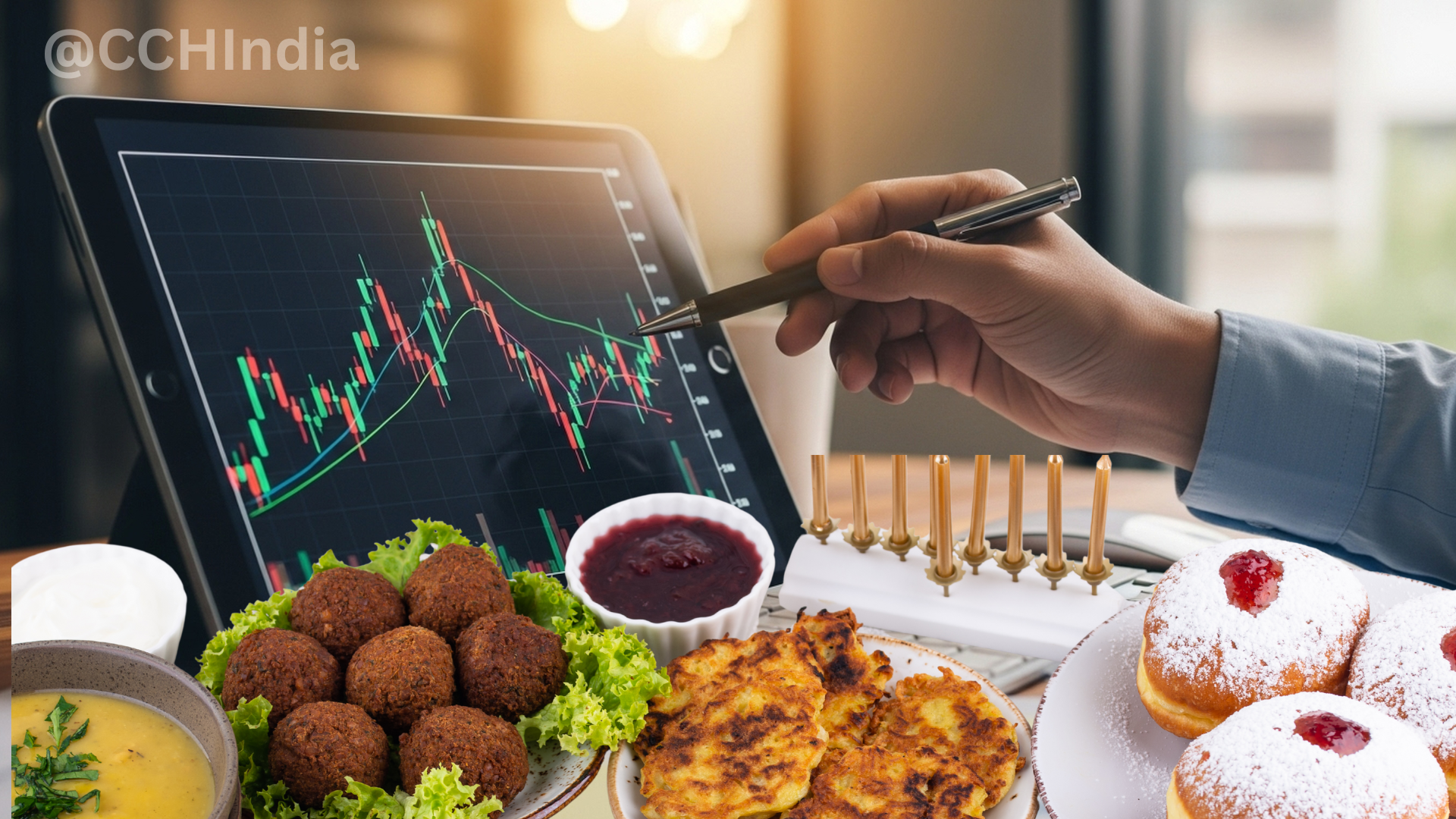
Discover the top holiday food trends for December 2025 — from global fusion dishes to sustainable ingredients and AI-powered festive recipes.
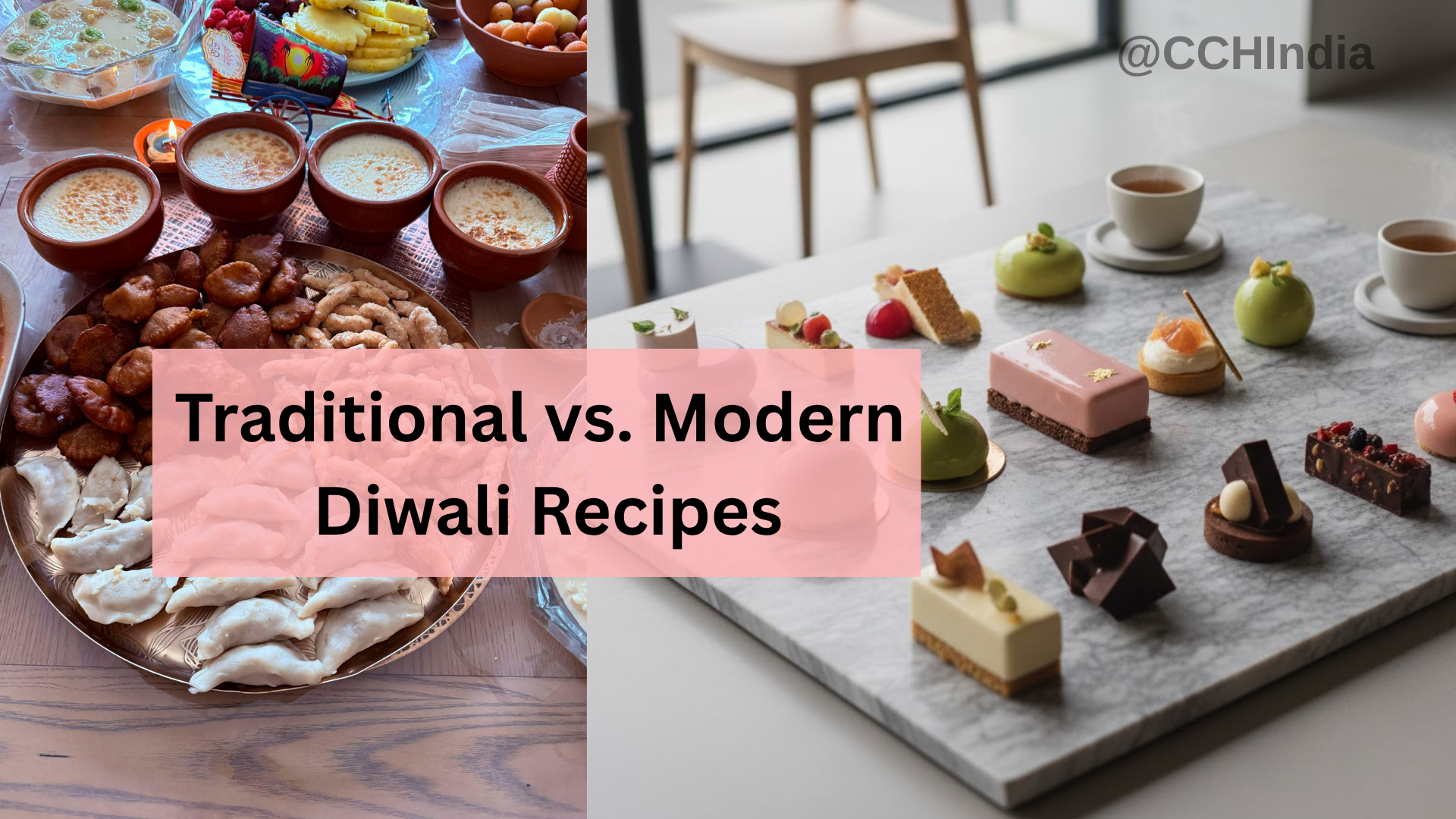
In 2025, Diwali kitchens are evolving — from grandma’s ghee-loaded laddoos to avocado barfis and air-fried chaklis. Here’s a real, human take on how Indian families are reinventing festive classics.
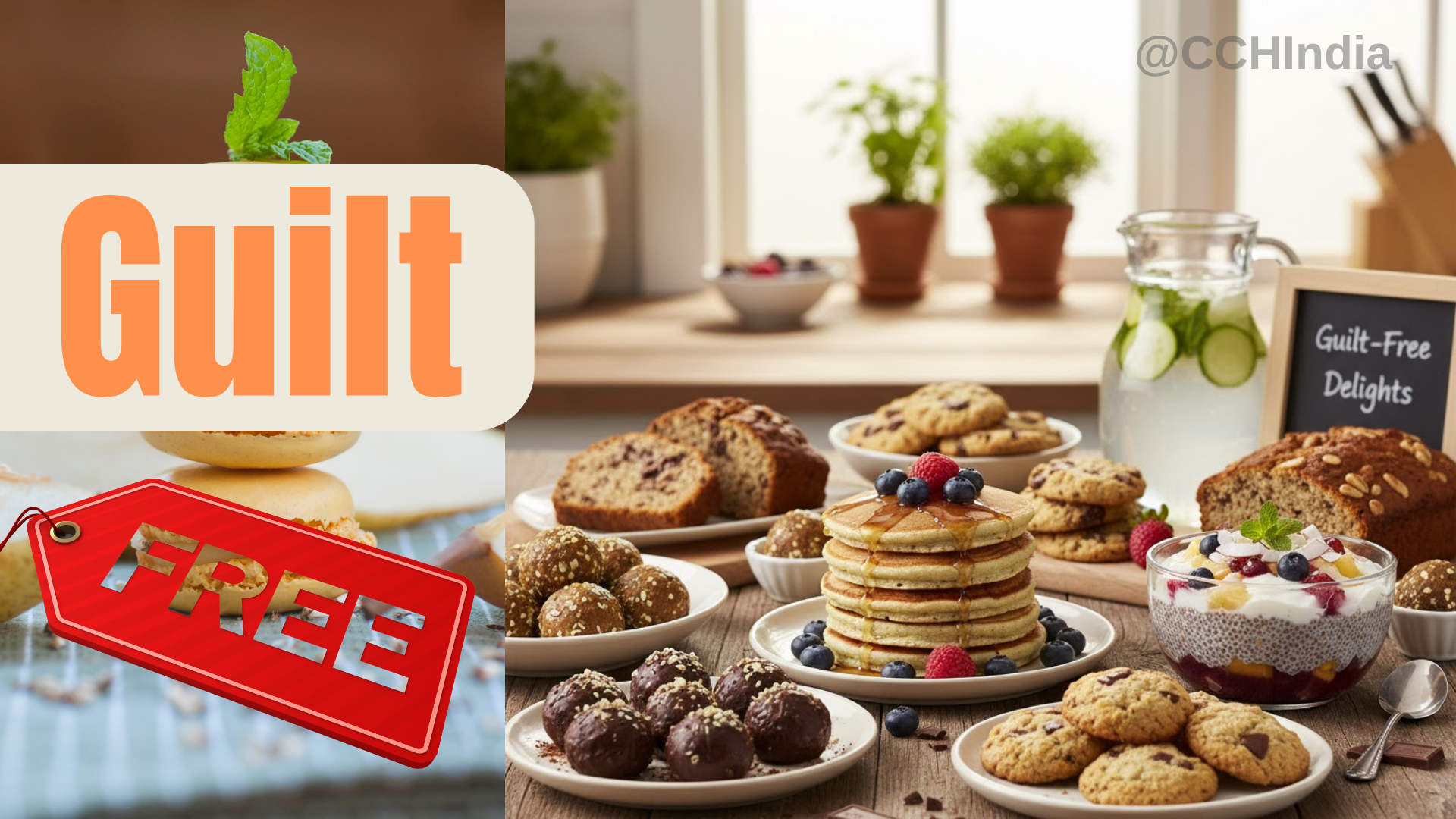
Discover healthy Diwali treats and guilt-free Indian sweets made with dates, jaggery, yogurt, and nuts—enjoy festive indulgence without the sugar crash.
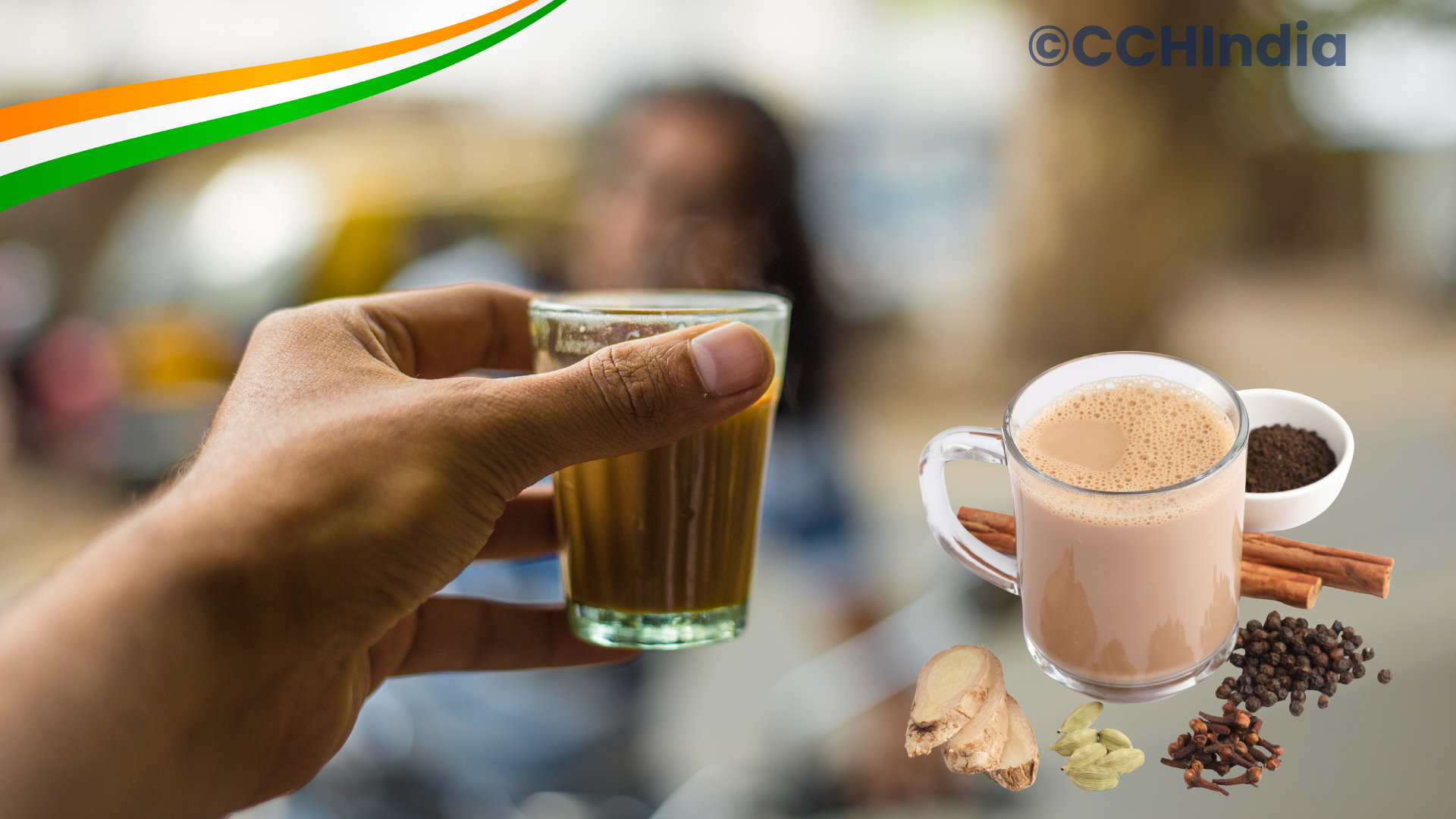
Chai in India isn’t just a beverage — it’s a ritual, a community, and an economy. From roadside tapris to billion-dollar businesses, chai fuels India’s culture and livelihood.

